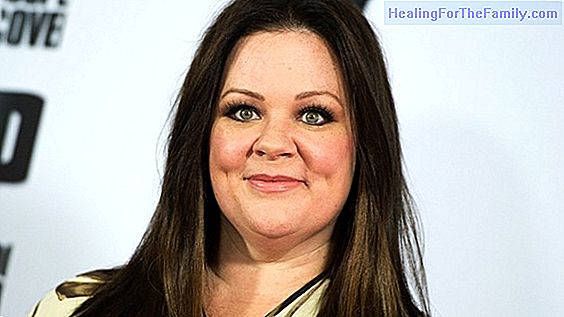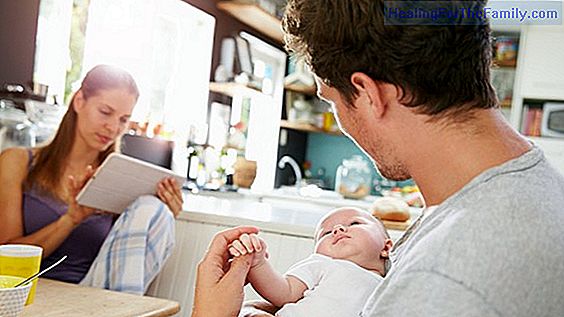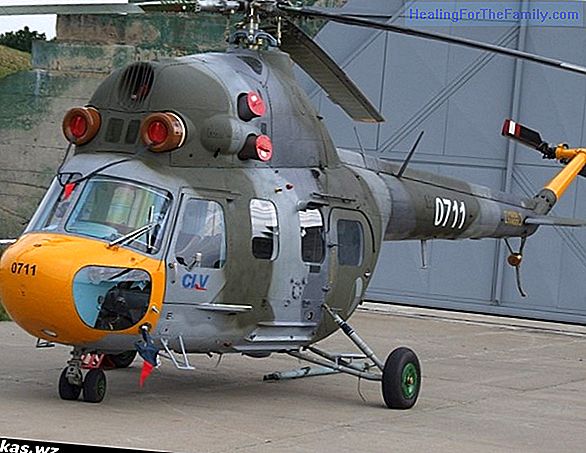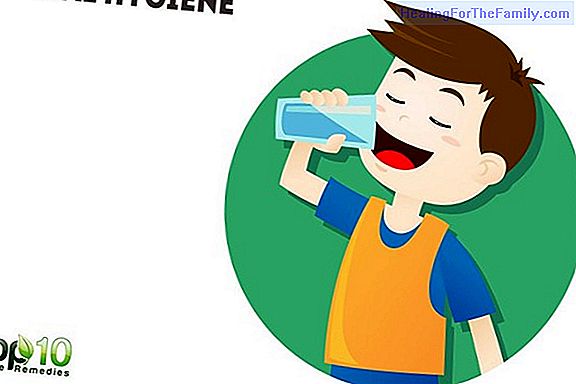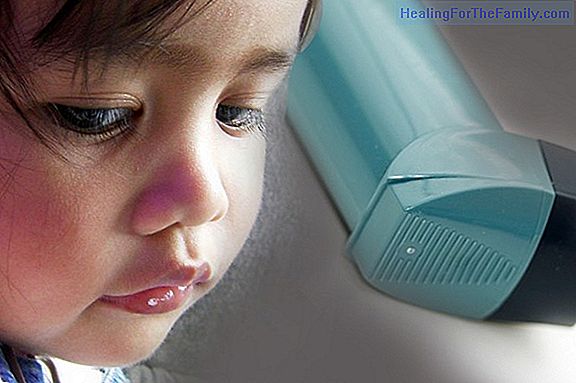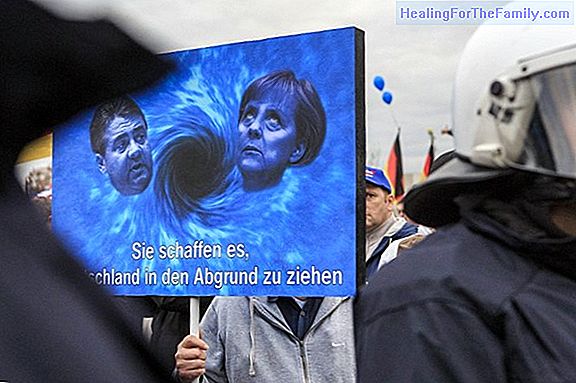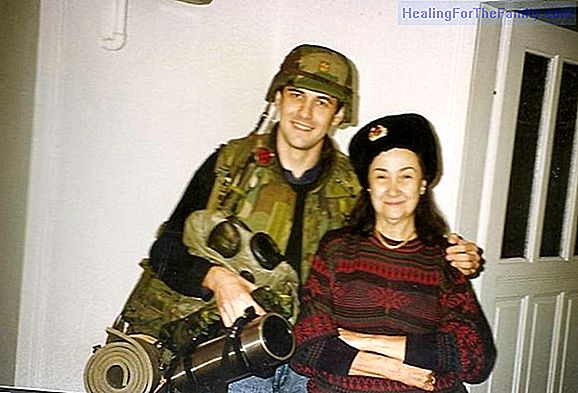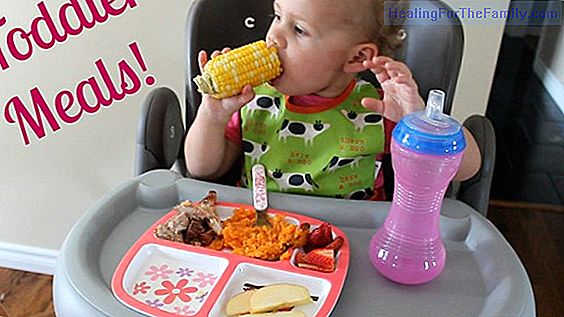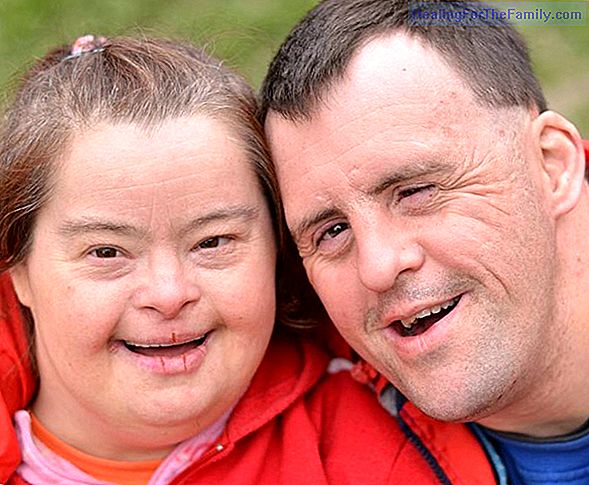The 7 most common accidents of children in school
Our children spend many hours throughout the day at school. In educational centers in addition to learning and having fun there may be some circumstances that lead to accidents, in most cases without seriousness. Most of these accidents occur during recess , since it is at this time that children ru
Our children spend many hours throughout the day at school. In educational centers in addition to learning and having fun there may be some circumstances that lead to accidents, in most cases without seriousness.
Most of these accidents occur during recess, since it is at this time that children run from one place to another and can collide, play the ball, jump, etc. Although they can also happen inside the classrooms.
But what are the most common accidents of children in school and how should we treat them?
Most common accidents of children at school
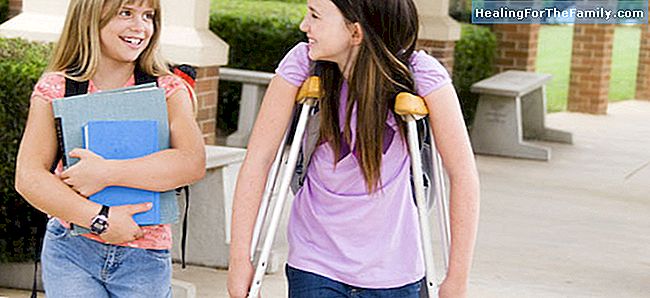
1- Scrapes: children often have scrapes on their knees and elbows, caused by minor falls. Faced with this type of wounds, it is best to wash with soap and water to eliminate to remove gravel or dirt, if bleeding bleeds the wound, we will apply an antiseptic, and if it is a very exposed area we can cover the wound with a gauze, although it is best to leave it on the air. If the wound does not stop bleeding after 5 or 10 minutes of pressure, is deep or presents some object nailed we would have to go to the emergency services to treat it.
2- Bruising: the continuous falls or accidental blows without consequences suffered by the youngest playing lead to the appearance of bruises. The legs of children is the place where they most often appear although we can also find them in the knees, arms and less frequently in the head. These bruises do not hurt and heal on their own with one to two weeks. Dermatologists advise to apply ice three times a day during the first 48 hours on the area where the hematoma appears. In case the bruise does not change color for more than 14 days or the pain continues it would be advisable to go to the pediatrician.
3- Nosebleed: Sometimes children collide with each other, or suffer bullets in the face and nosebleeds may occur. In these cases it is convenient to avoid putting the head back so that it does not swallow blood, but it is advisable to tilt the head forward so that the blood comes out. It can help stop the bleeding if we press the nostrils with our fingers. If this happens more than 10 minutes and the bleeding does not stop we must place a gauze impregnated with hydrogen peroxide inside the nose, and if the blood still does not stop we should go to the doctor.
4- Sprains: Ankle sprains are the most frequent injuries in children because they are in constant movement. They are produced by the displacement of the joint in an unusual way, damaging the ligament to a greater or lesser extent. At the time when the child feels pain in the ankle, the inflamed area is seen or has difficulty supporting the foot, it is necessary to go to the doctor. The treatment will be indicated by the doctor but the usual is rest, anti-inflammatory and sometimes rehabilitation.
5- Dislocations: for the same reason as sprains, the dreaded dislocations may occur. The dislocation is a separation of 2 bones in a joint. In these cases we must immobilize the area, apply ice and transfer the child to the health center. The doctor will repair the dislocation by correctly positioning the joint.
6- Fractures: Bone fractures in children are quite common, is one of the most common accidents of children in school and, by the characteristics of their bones are cured in a short time. The bones of children are more elastic and porous and have a great capacity for regeneration. The most common fractures are elbow, forearm, ankle, tibia and clavicle. The treatment in case of minor fractures is the immobilization of the damaged area for 3 or 4 weeks so that it can weld correctly. If the fracture is more severe, it may require a longer immobilization time or even surgery.
7- Head trauma: Most of these injuries are minor because the skull protects the brain. In the majority of occasions they do not have consequences, since they only produce injuries in the surface of the head like bruises, wounds and pain in the area of the blow, but sometimes it can cause serious cerebral injuries. In most cases the child will only experience pain and will not need to receive health care. We must apply ice and analgesic, but we must be alert to the appearance of drowsiness, convulsions, fever, confusion, pain that does not stop, ... in these cases we must go immediately to the doctor.
How to prevent accidents of children in school?
The vitality and energy of children makes it difficult to avoid this type of accidents at school. However, we must take precautions to prevent them, such as: preventing children from running through the school, either in the classroom, in the hallways or in the playground.
Teach them to open the doors slowly or with caution to avoid hitting any partner, avoid violent games at recess, do not push peers, be cautious when going up or down stairs to avoid falling, not getting on chairs or tables or maintain an order in the center to avoid trips.

